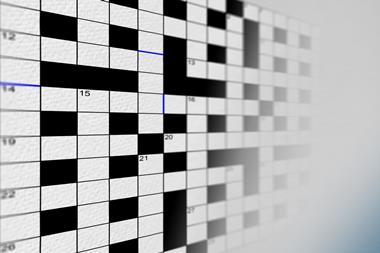The application of metal ions or metal-containing compounds as medicines goes back many hundreds, even thousands, of years
Medicinal applications of coordination chemistry
Chris Jones and John Thornback
Cambridge, UK: Royal Society of Chemistry | 2007 | 354pp | ?89.95 (HB) | ISBN 9780854045969
Reviewed by Steve Archibald
The application of metal ions or metal-containing compounds as medicines goes back many hundreds, even thousands, of years. In modern day medicine, metal complexes are sometimes considered too toxic and insufficiently stable for investigation by pharmaceutical companies but this view may now be changing. There are roles where metal-containing compounds have already made a considerable impact due to their unique properties. In These include medical imaging with technetium radiopharmaceuticals and platinum complexes as cancer therapeutics. Jones and Thornback offer extensive coverage of these key areas (60 pages on Tc and 38 pages on Pt). A wide diversity of imaging techniques from PET to MRI and diseases including cancer, diabetes and arthritis is also discussed.
This book represents the first text in which a coherent approach to the topic has been adopted with a team of two authors, as opposed to an edited collection of research reports. In an effort to target an audience of life science and other non-chemical researchers who may want to enter this multi-disciplinary field, a useful chapter is included covering the basic chemistry of metals, which details everything from atomic structure to stability constants. Two further chapters are sensibly divided between diagnostic and therapeutic medicine; presenting a balanced, if not totally comprehensive, overview of the area.
This book fills a gap between more detailed reference texts in the area and the brief mention the topic is given in undergraduate inorganic chemistry text books. It is targeted at researchers and would be a valuable addition to the collection of any bioinorganic or medicinal chemist. Minor criticisms include some distracting typographical errors and a missed opportunity to provide some more impressive figures. Overall I would recommend this book as a high quality text that offers detailed and coherent coverage of an important and developing multi-disciplinary research area where classical coordination chemistry principles can be applied to design new medicines.












No comments yet